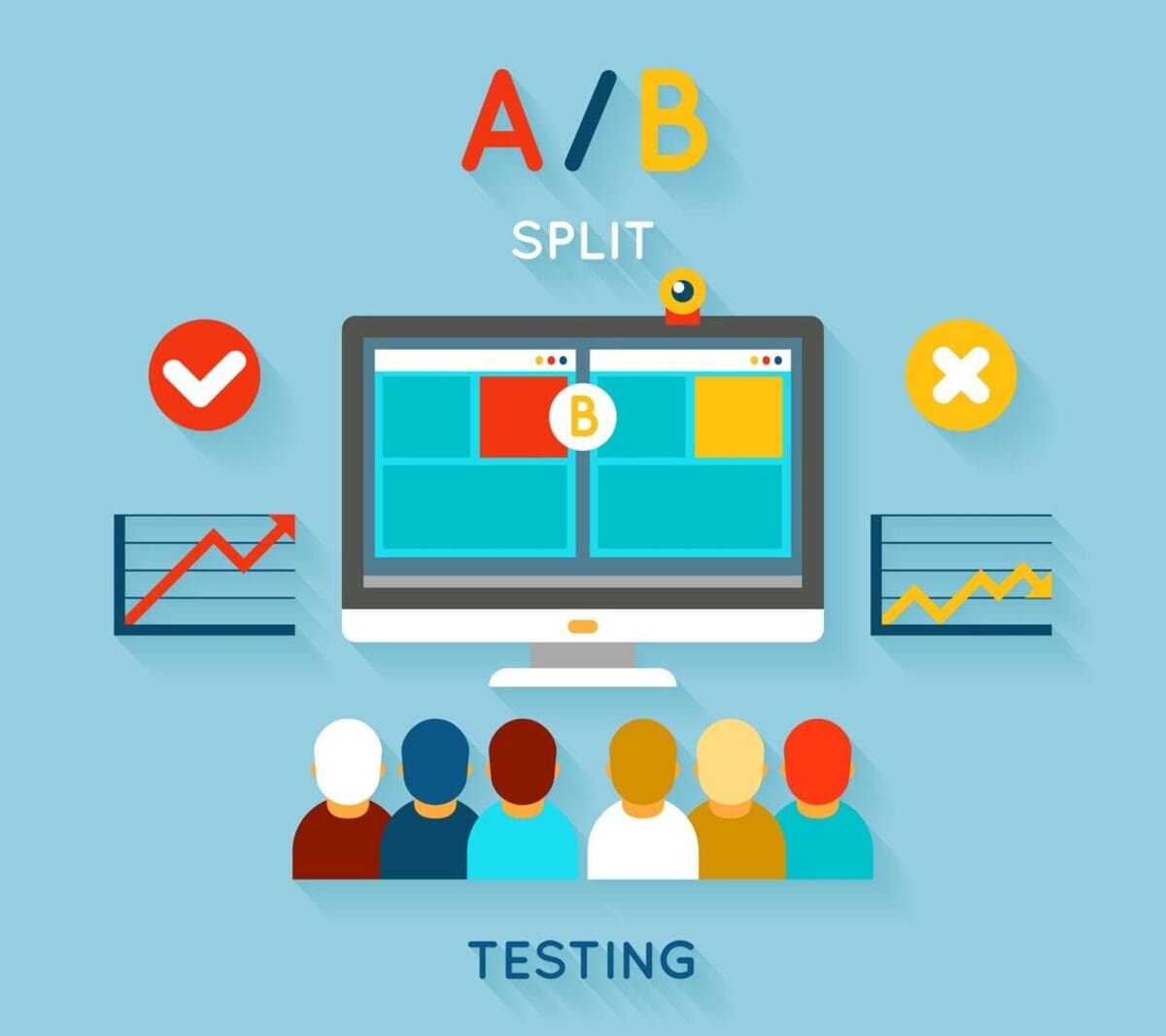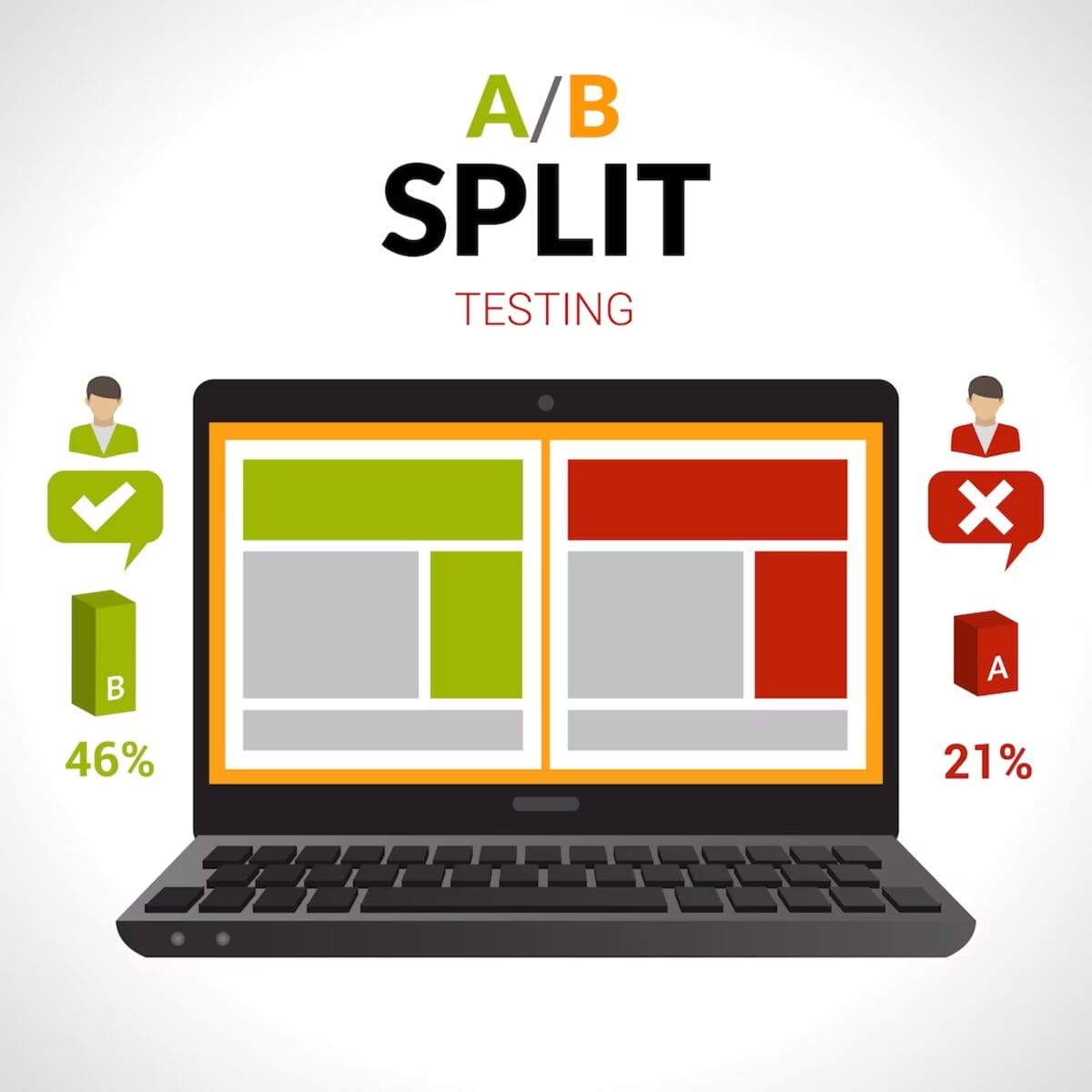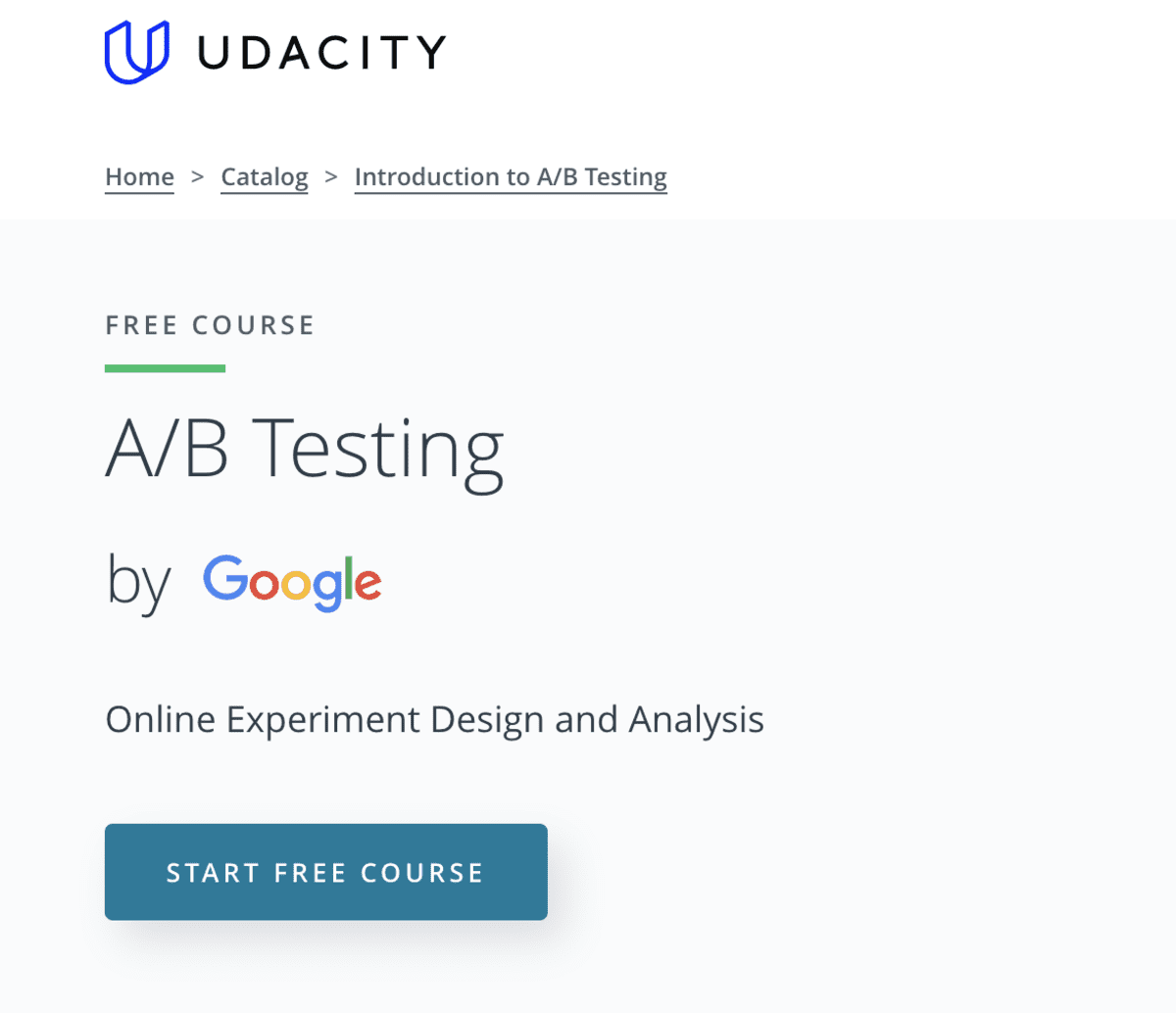Essential A/B Testing Course for Data Science
The course explains the core foundations and experiment design process for A/B testing, along with the case studies.
What is A/B Testing?
In the highly accelerating data-driven world, you can not rely on your intuition or guesswork, and make a decision about a prospect change on the website. You can just “not think” and “know it all” unless data-driven metrics point you to making the move. Hence, a lot of organizations use a statistical technique known as the A/B test to check beforehand whether the change will yield any good to the business or not.

Image from Freepik
It is defined as a way to compare two versions of a single variable (product or website), typically by testing a subject's response to variant A against variant B, and determining which of the two variants is more effective or performs better. Whether you're a marketer, product manager, or data analyst, understanding A/B testing is essential for making data-driven decisions.
In short, the A/B test is a user experience research methodology used for a randomized controlled experiment to monitor the users’ response and effectiveness of change.
Significance of A/B Testing
The A/B test primarily finds its use in improving user engagement and affinity towards a new feature or product. Many social media companies, like LinkedIn and Facebook, use it to improve the user experience by understanding the impact of a new product or feature.

Image from Freepik
A/B tests support statistical decision-making and thus find applications in many industries and verticals with use cases as stated below.
- Improving Product Launch Strategy: It allows organizations to compare different versions of a product and determine which one performs better, which can lead to improvements in customer engagement, conversion rates, and overall performance.
- Making Data-Driven Decisions: Organizations receive data-driven insights that they can use to make informed decisions, rather than relying on assumptions or intuition.
- Identifying Hidden Opportunities: It can uncover hidden opportunities for improvement that organizations may not be aware of otherwise.
- Optimizing Marketing Strategies: It enables optimized marketing strategies by comparing different campaigns, headlines, and messaging to identify the most effective ones.
- Reducing Risk: A/B testing allows organizations to test new ideas and changes in a controlled and safe way, reducing the risk of introducing changes that have a negative impact – also called as blast radius.
- Cost-Effective: It is a cost-effective (especially when you compare a full-fledged launch of a product) way of experimenting with different options for a product or service and can provide valuable insights about customer behavior, conversion rates, and more, without paying a huge cost of a failed product.
- Personalization: Personalizing the user experience by testing different variations of content, layout, or functionality, and delivering the best version to a specific audience or segment is one of the biggest advantages of using A/B tests.
- Continuous Improvement: It’s an ongoing process that organizations can use continuously to improve their offerings.
A Highly Recommended Course
I recently concluded a free refresher course “A/B testing by Google” on Udacity and would like to share a primer on what the course covers and why you should be adding it to your to-do list. This course helps individuals learn the process of A/B testing and is a go-to resource for the topics such as how to plan and run an A/B Test, along with a pool of real-world case studies.

Image from Udacity
It explains how to design an experiment that captures the change in a website or a mobile application. Different users are shown the application with and without the change to gauge their response and in turn, the potential improvement expected from the launch of the change.
Who is This Course For?
If your work involves data (which is highly probable considering its ubiquitous nature) and generating actionable insights to drive decisions in your organization, this is the relevant course for you. Putting it in a more straightforward way, you will benefit from this course, if your profile falls into these broad categories – data analysts, marketers, product managers, and data scientists.
Course Contents
As listed on the course home page, it is divided into five chapters and covers the following integral components of conducting an A/B test.
- Overview of A/B Testing framework
- Policy and Ethics for Experiments
- Choosing and Characterizing Metrics
- Designing an Experiment
- Analyzing Results
If you are a working professional who would want to learn the fundamentals of the A/B test in your own free time, then this self-paced course is an appropriate resource to get you started. If you are able to contribute ~8 hours per week, then you will complete this course within two months.
A few key pointers that would help you decide whether this is the course to learn the fundamentals of A/B concepts are listed below:
- The course provides an overview of the A/B testing process – the definition, what are you trying to achieve aka goals, and different types of experiments that can be conducted using A/B testing.
- Next, you need to understand the planning process of an A/B test such as finding and aligning the right metrics that decide the success criteria, setting up a hypothesis, etc. How one should go about determining the right sample size required to conduct the test is one of the core components of the experiment.
- Once you have set up the hypothesis, the course introduces you to the process of running an A/B test that is typically centered around how to implement the experiment, analyze the data and interpret the results.
- Reading through theory is not sufficient to prepare one to conduct an experiment. There are multiple places where mistakes can creep in and lead to incorrect conclusions. The course explains some of the common mistakes and how to avoid them.
- The course extends beyond theory and shares multiple real-world examples and case studies to give a flavor of how A/B testing is applied across different industries and contexts.
- It also covers more advanced topics such as multivariate testing, A/B testing for mobile apps, and A/B testing for personalization.
In order to better equip the learners with common pitfalls and advanced topics, the course includes a project to internalize the concepts by conducting their own A/B tests and analyzing the results.
The course is structured in a discussion-style format that explains concepts in a Q&A format. It is a little unconventional compared to a presentation-style course. In case you are interested in reading detailed summary notes of the course, refer to the links below:
- https://rpubs.com/superseer/ab_testing
- https://nancyyanyu.github.io/posts/17c5bb19/
- https://medium.com/@jchen001/udacity-a-b-testing-course-notes-84bd799a898f
- https://towardsdatascience.com/a-summary-of-udacity-a-b-testing-course-9ecc32dedbb1
Vidhi Chugh is an AI strategist and a digital transformation leader working at the intersection of product, sciences, and engineering to build scalable machine learning systems. She is an award-winning innovation leader, an author, and an international speaker. She is on a mission to democratize machine learning and break the jargon for everyone to be a part of this transformation.
